Your last post should be an in-depth reflection on how your inquiry went. What you learned. What advice you’d give someone starting a similar inquiry.
 Since January, I have focused my free inquiry on superheroes and how they can reflect North American culture. I have covered topics like the difference between Marvel and DC, Superman, Captain America, Wonder Woman, and finally, how women are portrayed in comics. I had in mind to talk about many more topics, like the representation of people of colour, anti-heroes as a literary foil, and how the X-Men represent the struggles of LGBTQ people in the 80s.
Since January, I have focused my free inquiry on superheroes and how they can reflect North American culture. I have covered topics like the difference between Marvel and DC, Superman, Captain America, Wonder Woman, and finally, how women are portrayed in comics. I had in mind to talk about many more topics, like the representation of people of colour, anti-heroes as a literary foil, and how the X-Men represent the struggles of LGBTQ people in the 80s.
Unfortunately, I never got the chance to talk about the subjects. Although, if you are interested, there are plenty of video essays on these topics. I will link some at the end of this blog post (along with some that I enjoy about comics in general).
Overall, I think I learned a lot over this blogging series. The biggest take-away for me is that nothing should be taken at face value. Dig a little deeper, find the hidden meaning or the easter eggs. The world is more exciting than you could ever believe sure, we don’t have superheroes but, our world is still full of wonderful things. Use a critical eye and question everything but, still have fun.
Comics are a wonderful medium that can be written for children or adults, depending on what you take away. Much like animation, comics are often pushed aside as something for children, don’t believe that. Take a leap of faith, find joy in reading comics and imagining yourself as the hero. For anyone else considering looking at comics, do it. Start with the fun stuff then delve deeper into the societal elements shaping comics (or really any form of media).
I’ll leave you with this, one of the best Spider-Man stories ever told.
Thanks for reading, and I hope you learned some new things.
For more information on comics and comic book movies, here are some of my favourite video essays:
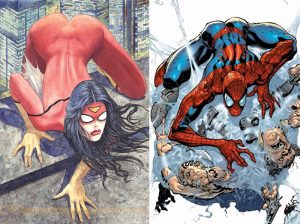

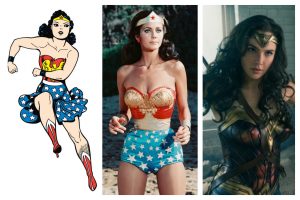

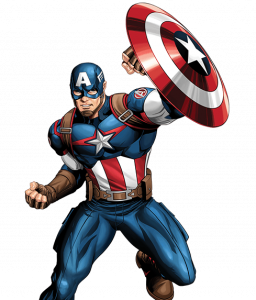
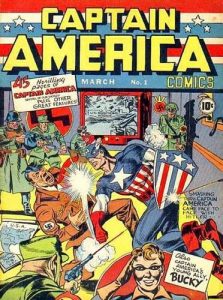
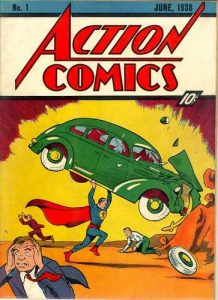
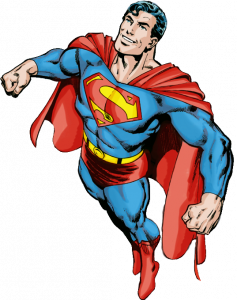 Superman is also a reflection of the immigrant experience in America. Now, I know that sounds a bit crazy. However, to quote comic book writer Mark Waid from the
Superman is also a reflection of the immigrant experience in America. Now, I know that sounds a bit crazy. However, to quote comic book writer Mark Waid from the 
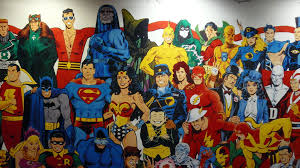 Returning to my blog, I will be focusing my free inquiry on superheroes, more specifically, how superheroes have changed and reflected North American society over the 20th and 21st centuries. I chose this topic because of a documentary I watched with my sister a couple of years ago, called
Returning to my blog, I will be focusing my free inquiry on superheroes, more specifically, how superheroes have changed and reflected North American society over the 20th and 21st centuries. I chose this topic because of a documentary I watched with my sister a couple of years ago, called 
